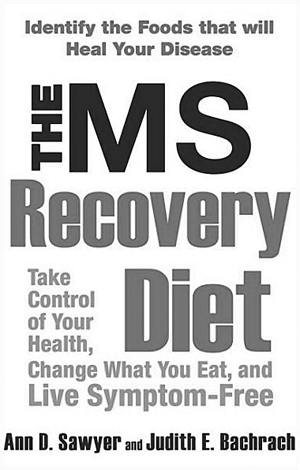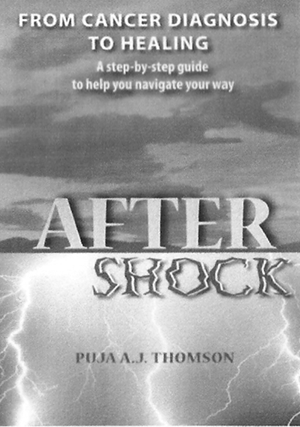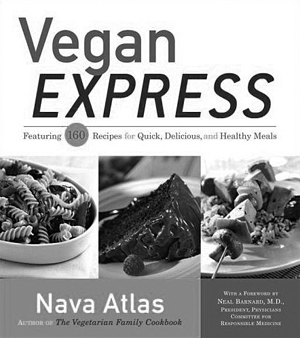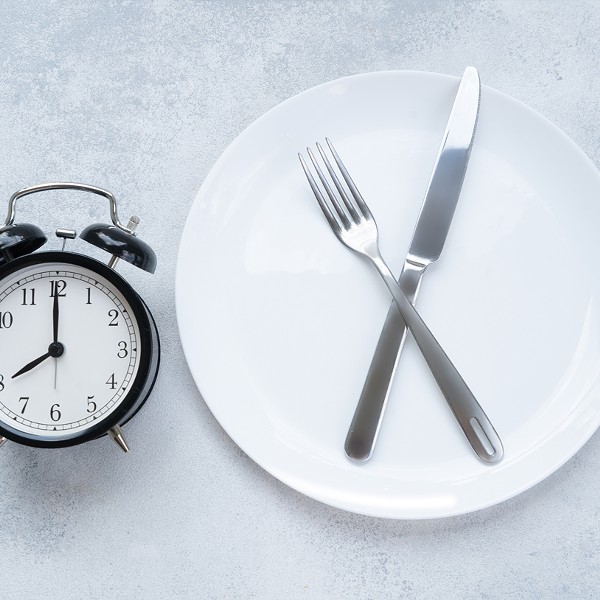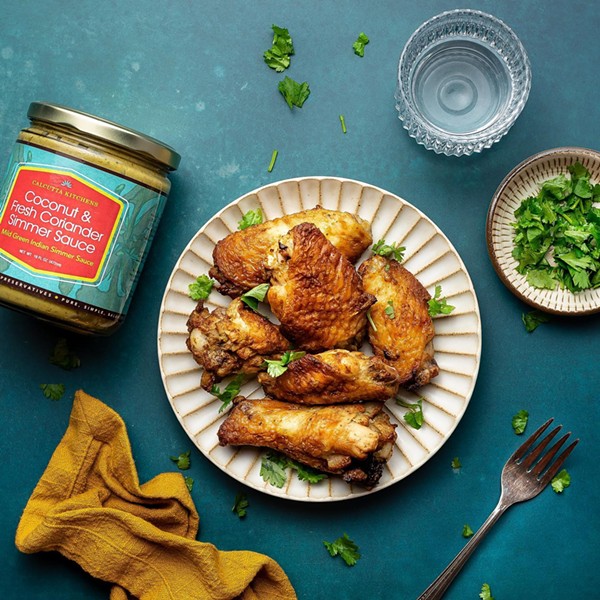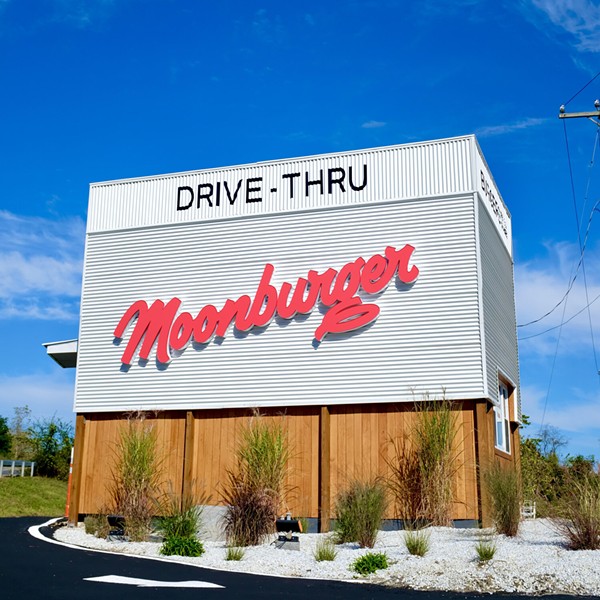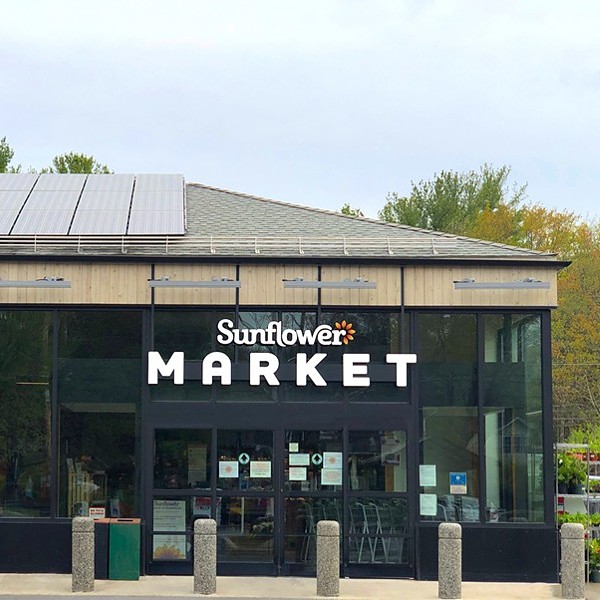Ann Sawyer and Judi Bachrach, Avery, 2007
The right diet can provoke powerful changes. More than half a million people in the US live with multiple sclerosis, a condition that attacks the central nervous system and causes changes in sensation, muscle weakness, fatigue, and visual, speech, coordination, and bladder problems. According to Ann Sawyer and Judi Bachrach in their book, The MS Recovery Diet, full health can be restored by following a healthy diet. Both have had MS and experienced a great recovery on the diet. Sawyer was able to stop the diseases progression within the first three months on the diet and Bachrach was able to regain muscle strength and stop taking medication. The book is filled with these and other inspiring stories.
The MS Recovery Diet works with the body to give it the help it needs to reverse the effects of the condition. Dairy, grains containing glutens, legumes, eggs, and yeast can all trigger symptoms of MS, while many other foods act as aids. Broccoli can be used as a source of calcium and fish is a good source of protein. The MS Recovery Diet addresses all the components of the disease and digs into the background, science, and development of the treatment. Readers will learn how to pinpoint their specific problem foods and sensitivities. The book contains over 100 simple recipes for appetizers, entrees, soups, and desserts that will improve digestion and balance the immune system to keep MS symptoms under control. For the times when cravings for chocolate cake, pizza, or pancakes come creeping in, the book has substitute recipes. Eating simply is a big part of the MS Recovery Diet, but eating simply does not mean eating blandly. Foods are to be minimally cooked and with few ingredients outside of the basics. Dieters are still able to boil, bake, broil, roast, grill, and fry foods, but the recipes are nourishing and healthy.
www.msrecoverydiet.com
After Shock: From Cancer Diagnosis to Healing
Puja A. J. Thomson, Roots & Wings, 2006
Drawing from her own experience with breast cancer, Puja Thomson, an interfaith minister and health care professional, has compiled an empowering guide to surviving and thriving through a cancer diagnosis and beyond. After Shock: From Cancer Diagnosis to Healing assists cancer patients as they journey through the stages of cancer, allowing them to make their own plan while offering suggestions. Sliced into four sections—“Reach Out,” “Keeping Sane,” “Reach In,” and “Moving On”—it helps readers navigate their way from being diagnosed all the way through to wellness. The first teaches readers about the importance of a strong support base. With the aid of family, friends, and physicians, patients will be able to get the most out of their appointments and be well informed on their type of cancer. To help stay focused during a time of high stress and uncertainty, Thomson suggests getting organized in the second section: Keeping good records of all paperwork, bills, and reports is crucial. “Reach In” digs into healing the body, mind, and soul. “Moving On” assists survivors with life after recovery. As practical as it is inspiring, the book will put cancer patients at ease while they learn to ask for help, connect with nature, and lighten their loads.
www.aftershockfromcancer.com
Vegan Express
Nava Atlas, Broadway, 2008
Many popular diets of recent vintage have emphasized meat consumption as a weight-control device, but it’s difficult to develop a potbelly when eating only plants. One of the many benefits of a vegan diet is weight control. Many confuse vegetarians, who do not eat meat, with vegans, who avoid all animal products, which includes staying away from eggs, dairy products, and honey. (Many vegans also do not wear any clothing derived from animals or use products tested on animals.) A healthy, balanced vegan diet includes vegetables, fruits, leafy greens, whole grain products, nuts, seeds, and legumes. Vegans can enjoy alternatives to certain foods like soy milk, organic cheeses, and tofu. Author Nava Atlas has compiled a variety of soups, pasta dishes, quesadillas, salads, wraps, and more. Recipes include those for pizzas that come with many different toppings, like the white pizza with sweet potato and caramelized onions or one for a pizza topped with chocolate and bananas. The book also includes a section on desserts, like a chocolate cake with chocolate frosting and butterscotch apples.
According to Vegan Express, by steering clear of animal products, vegans are, in turn, avoiding many diseases as well, like forms of food-borne illnesses that are caused by E. coli. Free of cholesterol the diet reduces the risk of heart disease and high cholesterol. (Animal proteins have been shown to raise cholesterol levels and clog arteries.) The diet also puts followers at less risk for diabetes, kidney stones, and gallstones. Full of information on the different types of foods in the recipes, the book includes a guide on what to keep in the pantry when on a vegan diet.
Benefiting more than just the person, vegan diets help animals and the planet. Raising livestock is depleting large amounts of land and water resources. In 2006, the UN found that animal agriculture causes more greenhouse gases than most forms of transportation. Keeping up with the trend, supermarkets are stocking up on more vegan-friendly foods.
www.vegkitchen.com







